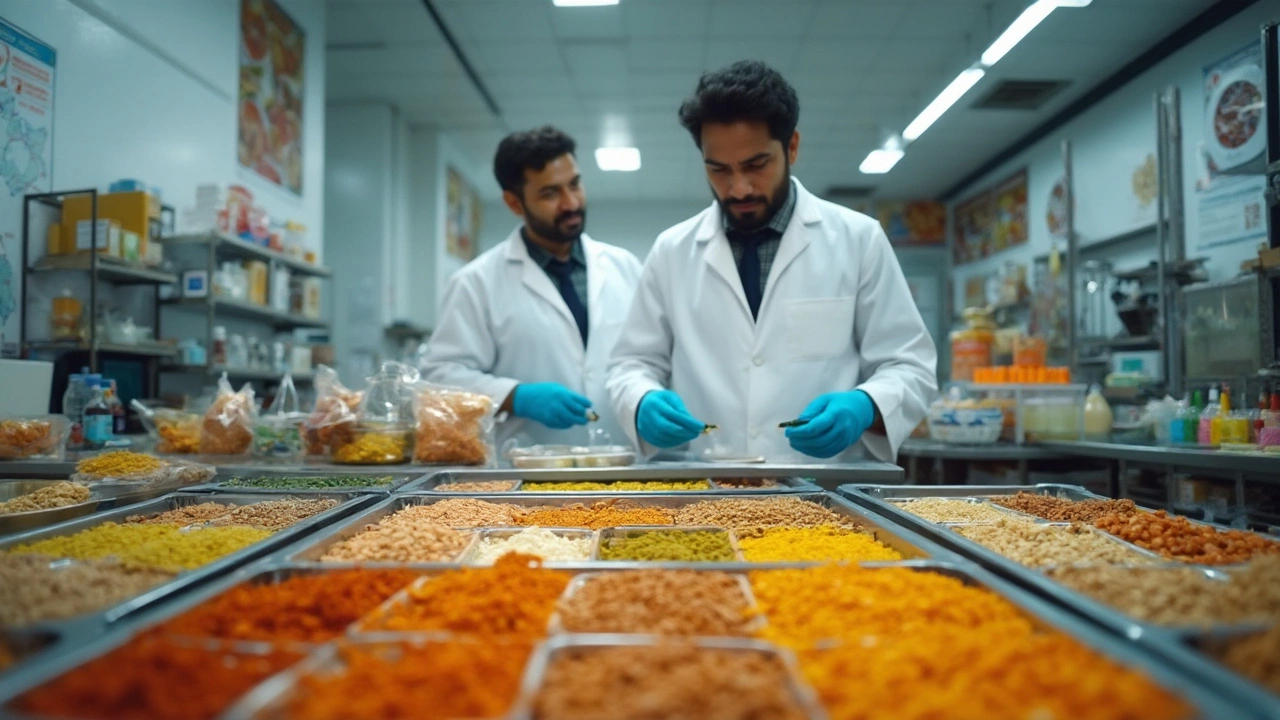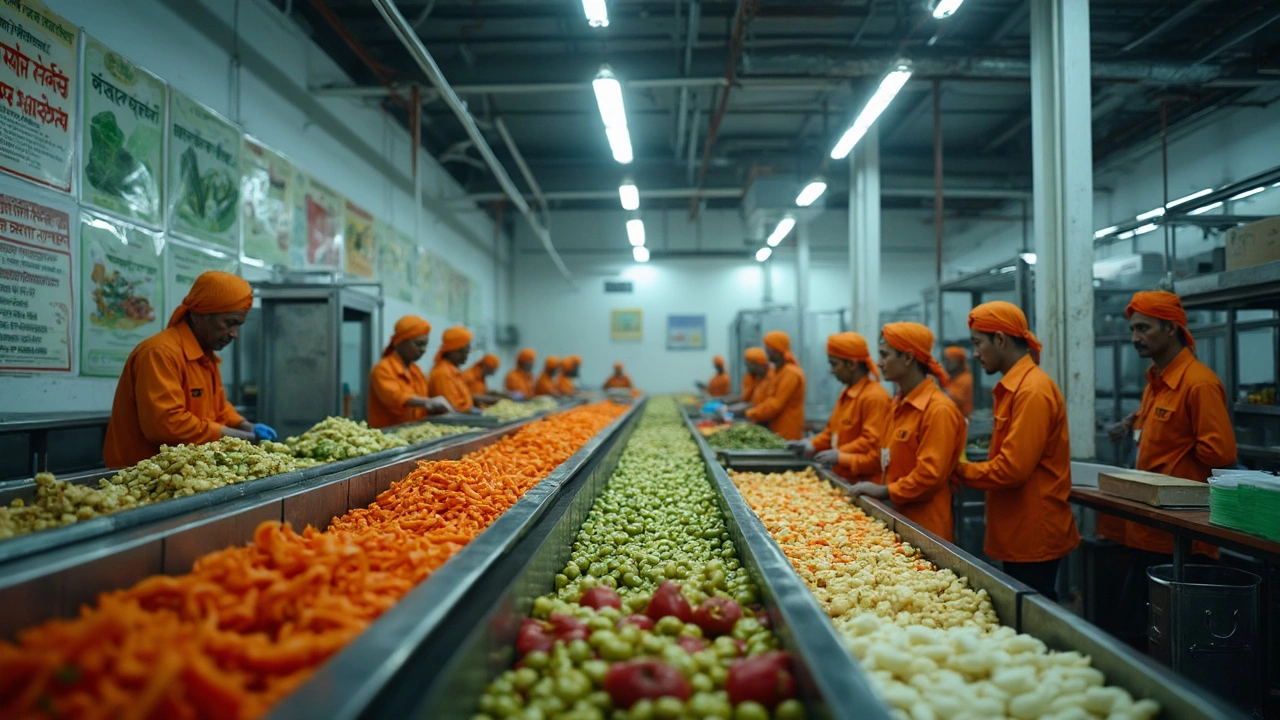Food Units Explained: What They Are and Why They Matter
Ever walked into a grocery store and wondered how the snacks, sauces, and ready‑meals you love get from a farm to the shelf? The answer lies in food units – the small factories and processing lines that turn raw ingredients into the products you buy every day. In this guide we’ll break down the main types of food units, what makes each one useful, and the trends shaping the industry right now.
Common Types of Food Units
Food units come in many shapes, but they all share a basic goal: convert raw material into a safe, tasty, and market‑ready product. Here are the most common categories you’ll see:
- Batch processing units – These work in set runs, perfect for products with short production cycles like bakery items or seasonal sauces.
- Continuous flow units – Ideal for high‑volume items such as bottled water or dairy drinks, where the line runs nonstop.
- Packaging units – From simple pouch fillers to fully automated robotic packagers, they protect the food and add branding.
- Cold‑chain units – Keep perishable goods like meat, cheese, and fresh produce at safe temperatures from processing to delivery.
- Specialty units – Think of gluten‑free, vegan, or allergen‑free lines that need separate equipment to avoid cross‑contamination.
Choosing the right unit depends on product type, volume, and quality requirements. A small artisan chocolate maker might only need a batch melter, while a multinational snack brand relies on continuous extrusion and high‑speed packaging.
Key Benefits of Modern Food Units
Newer food units bring more than just speed. They help manufacturers cut costs, improve safety, and stay flexible. Here are three benefits you’ll notice:
- Efficiency – Automation reduces manual labor, lowers errors, and speeds up production, meaning you can meet demand without extra shifts.
- Quality control – Sensors and real‑time monitoring catch temperature spikes or contamination before the product leaves the line.
- Scalability – Modular designs let you add or remove equipment as market trends shift, so you’re not stuck with a costly, fixed setup.
Because of these advantages, many food startups are opting for compact, modular units that let them launch quickly and grow later.
So, what’s happening in the world of food units today? Two big trends are worth noting.
- Digital integration – IoT devices feed data to cloud dashboards, giving managers instant visibility into output, waste, and energy use.
- Sustainability focus – Units are being designed to use less water, recycle heat, and run on renewable power, helping brands meet eco‑friendly goals.
Understanding these trends can help you pick the right technology for your own food venture or simply make smarter purchasing decisions as a consumer.
Bottom line: food units are the backbone of the food supply chain. Whether you’re a small bakery or a global snack giant, the right unit can boost speed, safety, and sustainability. Keep an eye on automation and green design – they’re the future of tasty, affordable food.

What Do Scientists Call Food? Science Behind Food Processing Units
Ever wondered what scientists really call food? This article breaks down the actual terminology experts use for the stuff we eat, especially in food processing units. We'll look at why plain 'food' isn't always specific enough, how ingredients get their official names, and how this all ties into what lands on your plate. Expect some practical tips on reading labels and a peek into the technical side of your favorite snacks. Get ready for a clear picture of the science happening behind your daily meals.

Food Units: The Backbone of Efficient Food Processing
Food units are the building blocks of food processing, where raw ingredients are turned into finished products ready for the market. This article breaks down what food units actually are, how they work, and why they matter for manufacturers and consumers alike. You'll get to know the different types of food units, important equipment inside, and safety rules that keep everything running smoothly. We also dig into the recent trends in the food processing industry and share tips for running a successful food unit. Whether you're in the food business or just curious, you'll find practical advice and real-world examples here.

